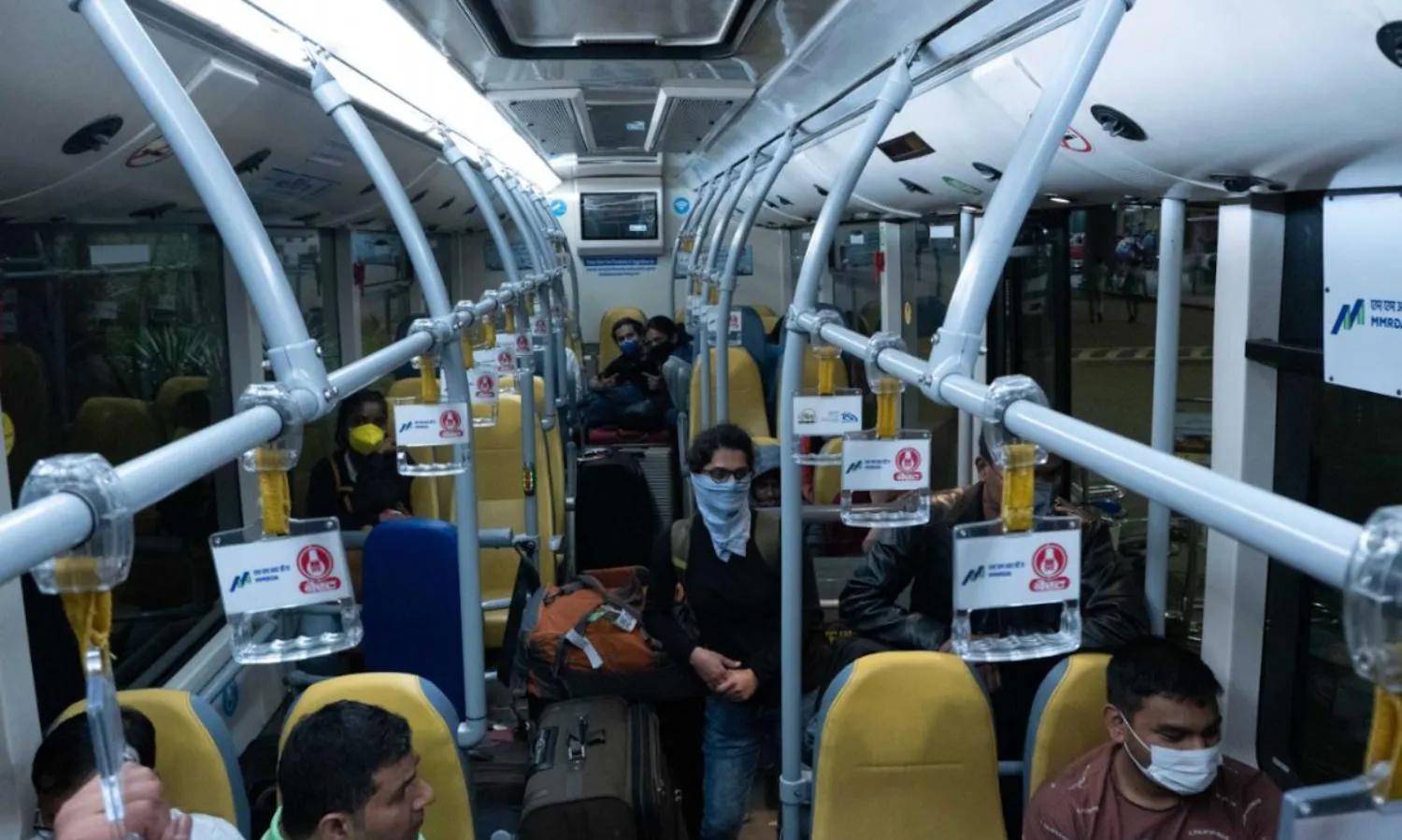In It Together? Not Quite
A chasm so vast that it required non-human, viral intervention to bridge.

Humankind is facing a common and formidable adversary. The novel coronavirus has overwhelmed global systems, left few untouched, and threatens more pain going forward. For now, a collective compact to behave responsibly appears the only way to check the onslaught. Both the sweep of the contagion and the approach to containing it provide good reasons for all of us to stand together.
People do seem to have realized the value of extending helping hands in this testing time. Employers, many suffering uncertainty themselves, have promised workers full pay and no lay offs. Volunteers are running errands for elderly strangers. As I write this, one neighbor is trying to ship water to her cook. Another is offering home-cooked meals for senior citizens without full-time help. The notoriously tight-fisted India Inc has decided to pitch in too, albeit after some shaming and, predictably, in small numbers and with modest budgets.
Despite these heartwarming instances, are we really in it – this Covid-19 crisis - together? Not quite.
An event need not be experienced similarly by everyone. This is a fundamental reason why individuals feel the same problem with different intensities. A luxury liner and a fishing boat experience the same storm differently. A spell of rain in a metropolis triggers romance and poetry, also desperate salvage operations and malaria. The difference owes to stations and vantage points people occupy, the difference in coping abilities and disproportionate pinches these translate into.
In the coronavirus context, consider how tough it is in a dense, water-stressed slum to adhere to the seemingly simple-sounding prevention advice about hand-washing and physical distancing. Or the struggle for putting food on the table and handling utility bills, school fees, loan installments, statutory payouts, etc. among the staggering number of those who survive from day to day, pay check to pay check, gig to gig. Or the bleakness that lies in store once the virus enters the ill-equipped hinterland and villages on the back of fired migrants.
Endowments, social, economic, and infrastructural, will determine whether we view the present circumstances as an inconvenience and an opportunity to reorder life or an approaching shove into a deep abyss. The enemy may not be discriminating while directing its punches, but not everyone will hurt the same. Some of us are packing more insulation than others.
Threat perceptions vary. Assessments of damage potential often differ, bearing on the coherence and force of community effort. In the case of coronavirus, health warnings have been ignored and movement and distancing restrictions violated across the world, adding cases and carriers.
Mortality statistics and high risk appetites lulled the youth into dropping guard. A concoction of bravado, naïveté, and fake science have driven risky behavior among other groups. Some ventured out because they didn’t want to come across as wimpy or thought viruses don’t kill in their kind of neighborhood or city. Others mingled freely in the belief that religious congregations are safe or, as India saw on Sunday, that a day-long curfew and a synchronized national din is enough to beat a pandemic.
So, no, contrary to what we would like to believe, we neither feel the same sense of alarm nor feel the same pain.
Harmonized, purposeful positioning has eluded governments too. President Trump and Italian leaders have been accused of dangerously mixed signaling on preventive measures. Like emergencies before it, the present one has provided the perfect cover for regimes in Israel and Hungary to increase surveillance of citizens and centralize power. There are fears that others could follow suit, making restrictive emergency time measures permanent.
While several G-20 countries have decided to put cash into people’s hands, the world’s two largest democracies are still undecided on the design and targeting of economic relief and stimulus measures. It could be on account of a push for corporate bailouts or sheer callousness or both.
When it comes to actually fighting the menace, local and provincial governments have been thrust at the forefront. Almost all meaningful action India has seen so far has been at the behest of state governments. Same in America. The key role of lower tier governments is in line with subsidiarity principles and would be unexceptionable if such governments had not been systematically starved for resources over time – and if better resourced federal governments were oriented to respond to them.
It is this mix of factors that explains health workers’ frustrations in America, Australia, India, and much of Europe over lack of protective gear, equipment, and hospital beds. Those in Italy also have the burden of rationing hospital resources, which essentially means choosing who lives and who doesn’t.
The specter of more body bags, starvations, bankruptcies, and what could happen once health workers get diseased should worry citizens and governments alike. If things have to get worse for the gravity of the situation to sink in and meaningful and scale-appropriate empathy for the under-privileged and vulnerable to be displayed, it would only speak of a vast social chasm. A chasm so vast that it required non-human, viral intervention to bridge.
(Cover Photo: GAUTAM DOSHI)



